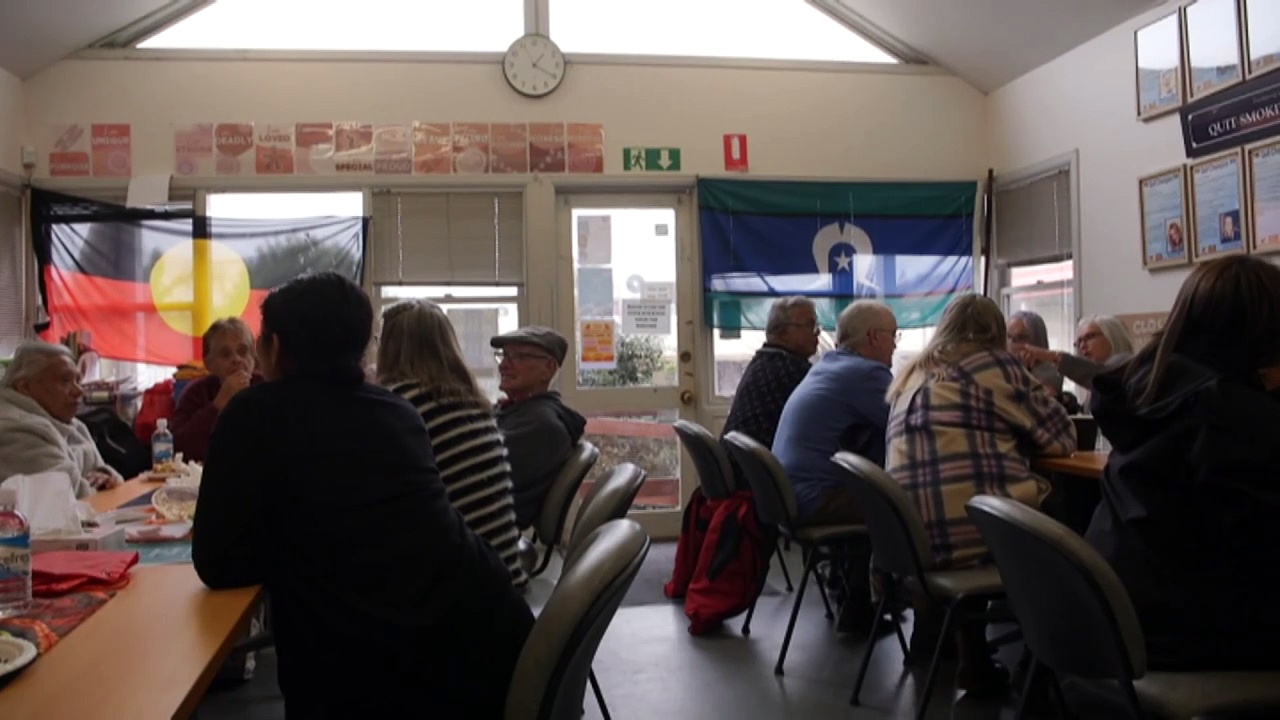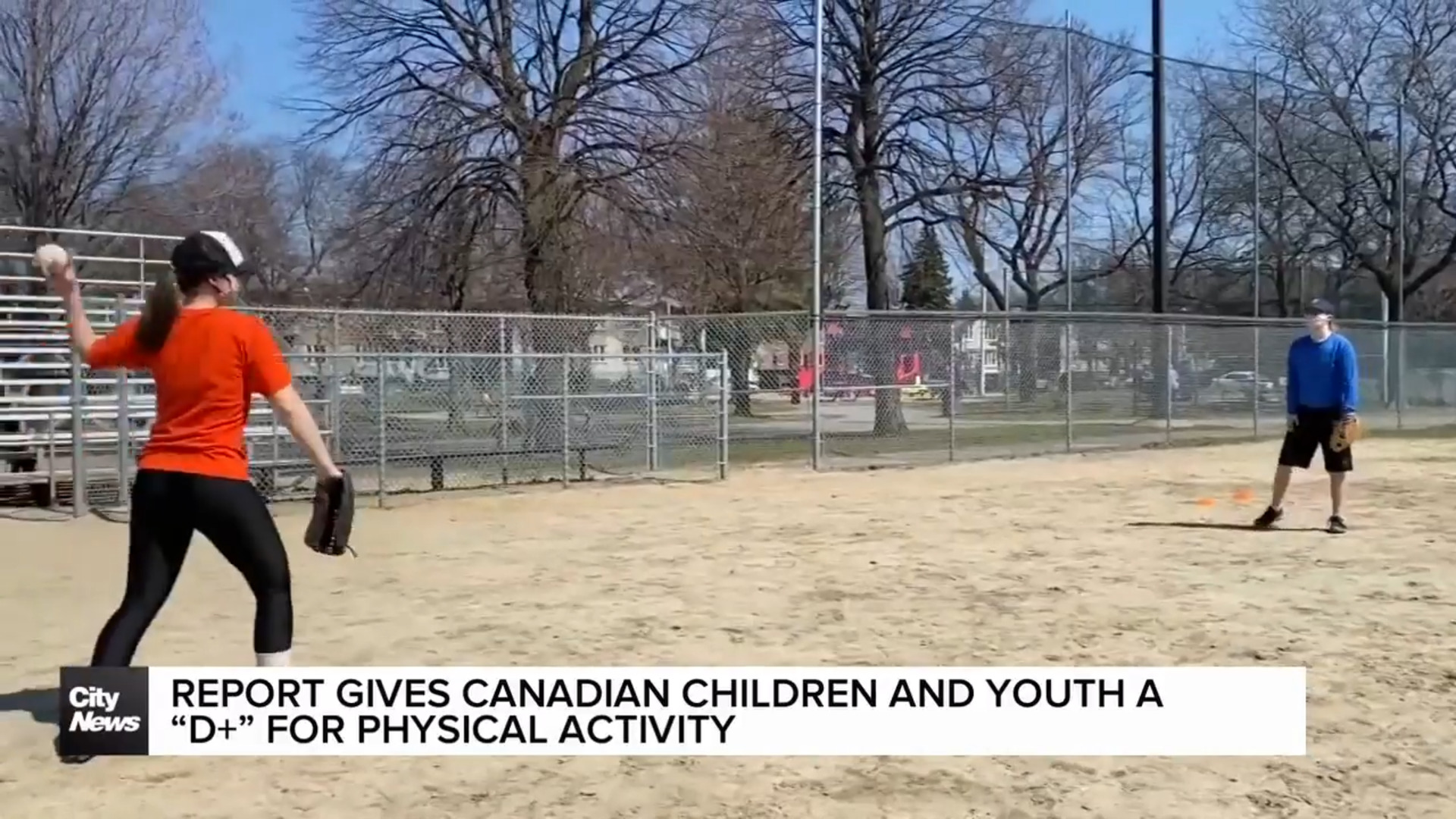Canopy CEO says he's 'somewhat given up' on pace of U.S. cannabis legalization
, BNN Bloomberg
CANOPY GROWTH CORP (WEED:CT)
REAL-TIME QUOTE. Prices update every five seconds for TSX-listed stocks
One cannabis company CEO says he’s “somewhat given up” on the pace of U.S federal cannabis legalization.
During an interview with BNN Bloomberg on Thursday, David Klein, chief executive officer of Canopy Growth, explained that his business doesn’t depend on federal legalization to “work really well.”
“At some point the (U.S.) federal government will decide to completely legalize it and put a federal excise tax regime in place and so forth but we don’t need that for our business to be functioning, profitable and successful,” he said.
“We need rescheduling, which is going to happen, safe banking would be very helpful and we’re hearing really good things coming about as it relates to that, and the last thing that would be helpful, in particular for our structure, is safe harbour for the exchanges.”
He added that, after these measures, “90 per cent of the benefit that canopy could get from federal legalization will already be in the bank.”
Klein pointed out that Canopy is a relatively new company in a relatively new industry, one that sees “changes that happen literally every single week.”
“From our perspective we feel that we just delivered a really strong quarter with growth in each of our businesses, we’ve cleaned up our balance sheet so we have a really clean balance sheet at this point with over $200 million worth of cash in our bank accounts. And no debt due until 2026.”
He mentioned that regulatory reform will be happening in the U.S. and abroad, an opportunity that Canopy feels prepared for.
“The best thing we can do as a company is to grow and grow our operating profit,” he said. “There is a level of debt we can sustain and maybe we’re just about there. The best thing we can do is just execute on our business and look for opportunities to grow our operating profits wherever we can.”
Klein explained that companies under Canopy, such as Storz and Bickel, a manufacturer of vaporizers for medical use cannabis, has seen a strong fourth quarter. “They were up 43 per cent,” he said.
“Our international business was up 32 per cent on the top line in the quarter. Our Canadian business was up four per cent in the quarter. Each of those businesses as a standalone is profitable in and of themselves. And then we have the public company costs that actually put a little bit of a burden on the business’s overall profitability.”
Klein added that, if the company was private, Canopy would be profitable today.
“Right now, the opportunity is growth and using the capital markets to help us grow is super important,” he said.
The results of Canopy’s U.S. business, Canopy U.S.A., is not consolidated into broader business outcomes of Canopy Growth, Klein mentioned.
“When plant touching businesses in the U.S. are allowed to trade on the Nasdaq, we’ll be able to collapse that structure and consolidate all together.”
In terms of lower yields, Klein mentioned Canopy is prepared to adjust to agricultural elements.
“We’re an agricultural business at the end of the day, and an agricultural business producing in Canada,” he said. “We grow our cannabis in a greenhouse that’s supported with LED lights and it’s not as sunny in Canada in the winter months. We had lower in yields. We’re correcting for that by adding more lights to our facilities going forward so we won’t have that dip in the future and we’ve already seen margins recover in Q1 back to the previous levels we’ve been at in Canada.”
To watch the rest of Klein’s interview with BNN Bloomberg, watch the interview










